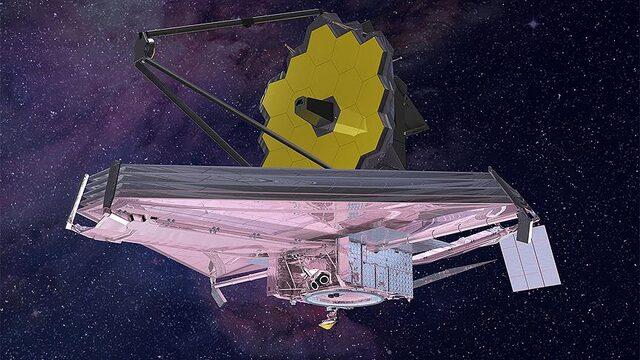According to NASA’s statement, the Webb Space Telescope has expanded observations of the most distant star ever detected in the universe, previously discovered by the Hubble Space Telescope and observed within a billion years after the Big Bang.
Analyzing the Webb Telescope’s near-infrared camera (NIRCam) images, scientists determined that Earendel is a massive B-type star, about a million times brighter, twice as hot as the Sun.
EARENDEL DETECTED BY THE “GRAVITY LENSING” EFFECT OF THE SKY ISLAND Cluster
Hubble and Webb detected the star thanks to the “gravitational lensing” effect, which is the bending of the space fabric due to the size of the galaxy cluster “WHL0137-08” located between Earth and Earendel.
Stating that Earendel is only seen as a single point of light even in Webb’s high-resolution infrared photograph, astronomers said that it appeared 4,000 times larger by the “lensing” effect, making it the most distant star ever detected, and a billion points after the Big Bang. noted during the year.
POSSIBLY ANOTHER SISTER STAR LOCATED CLOSE TO EARENDEL
Astronomers think that stars of Earendel’s mass are usually binary, but in the case of Earendel they could not be detected by Webb because of their close proximity.
However, astronomers studying Earendel’s color noted that it is thought to have a cooler and redder sibling.
FEATURES OF SUNRISE ARC SKY ISLAND ALSO DISCOVERED
Webb’s NIRCam images also show other key details of the Sunrise Arc, the most highly magnified galaxy ever detected in the first billion years of the universe.
The images include regions that form young stars, estimated to be younger than 5 million years, and older inhabited star clusters up to 10 light-years old.
The smaller dots on either side of Earendel are images of an older, more established star cluster thought to be at least 10 million years old.
Astronomers think this star cluster is gravitationally bound and likely still exists. (AA)
